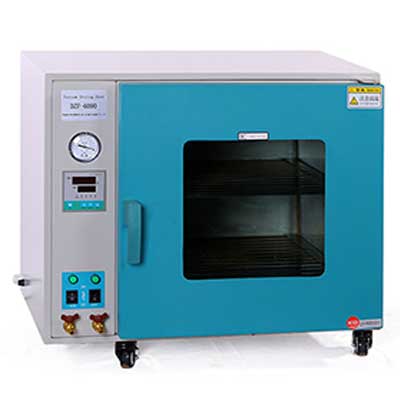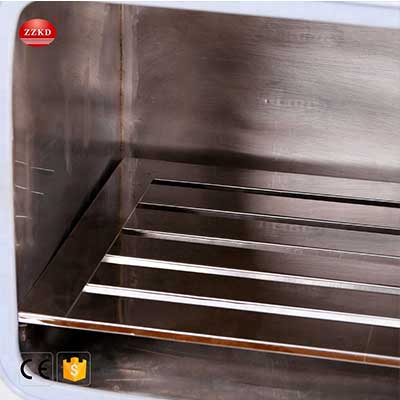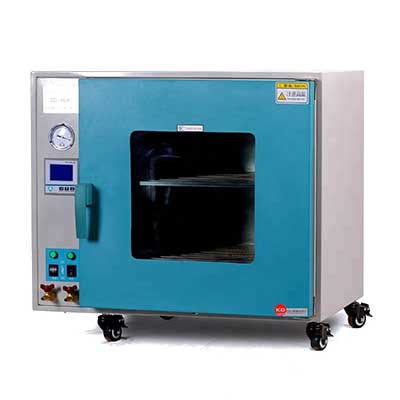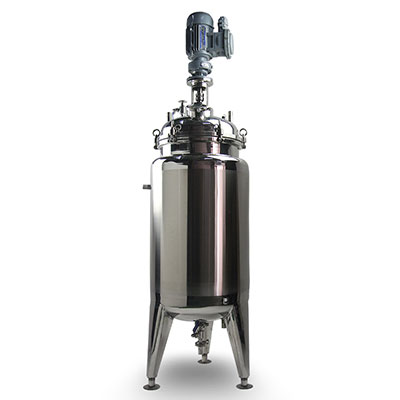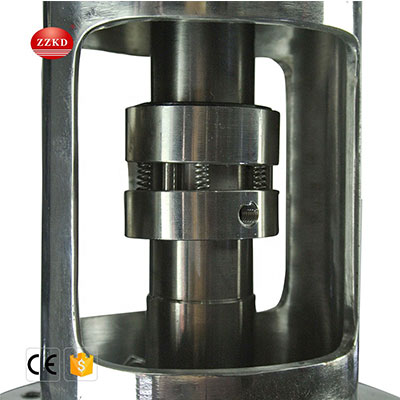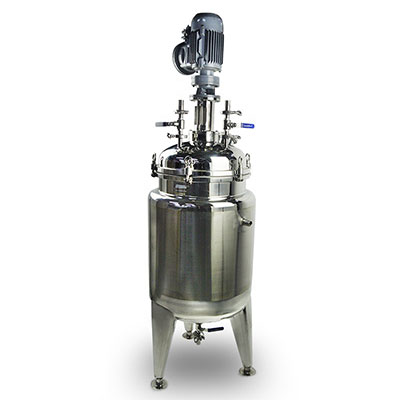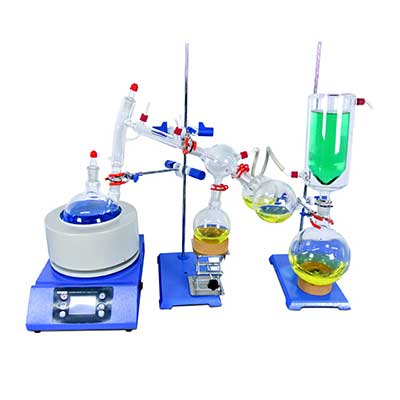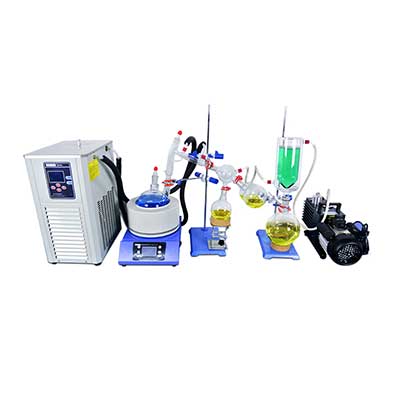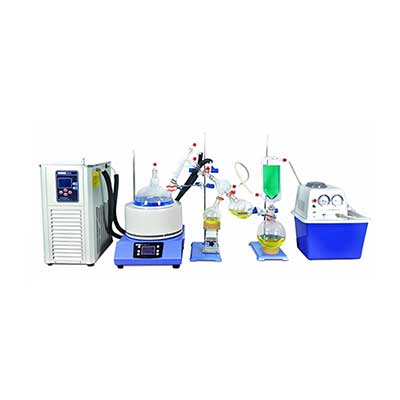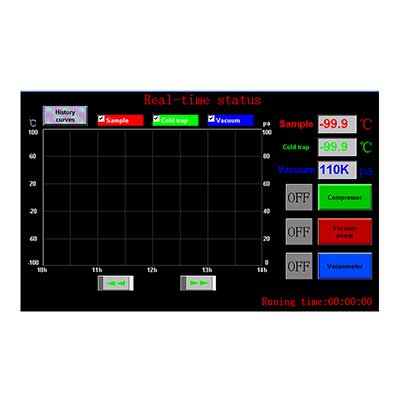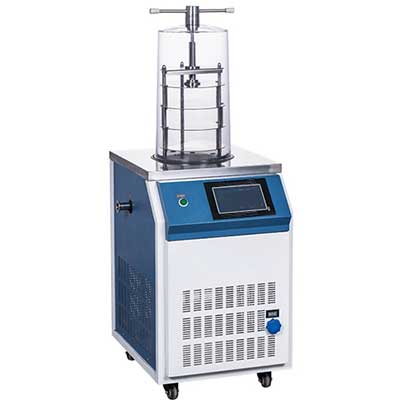-
WhatsApp
-
Email
Scientific freeze dryer:
Freeze drying is a drying technology using the principle of sublimation. The product obtained by freeze-drying is called a lyophilizer, and the process is called lyophilization. The substance is always in a low temperature freezing state before drying, and the ice crystals are evenly distributed in the substance. The sublimation process will not cause condensation due to dehydration, and avoid side effects such as foaming and oxidation caused by water vapor. The dry substance is porous in the form of a dry sponge, the volume is unchanged, and it is easily soluble in water and returns to its original state. Physicochemical and biological denaturation of dry substances is prevented to the greatest extent possible.
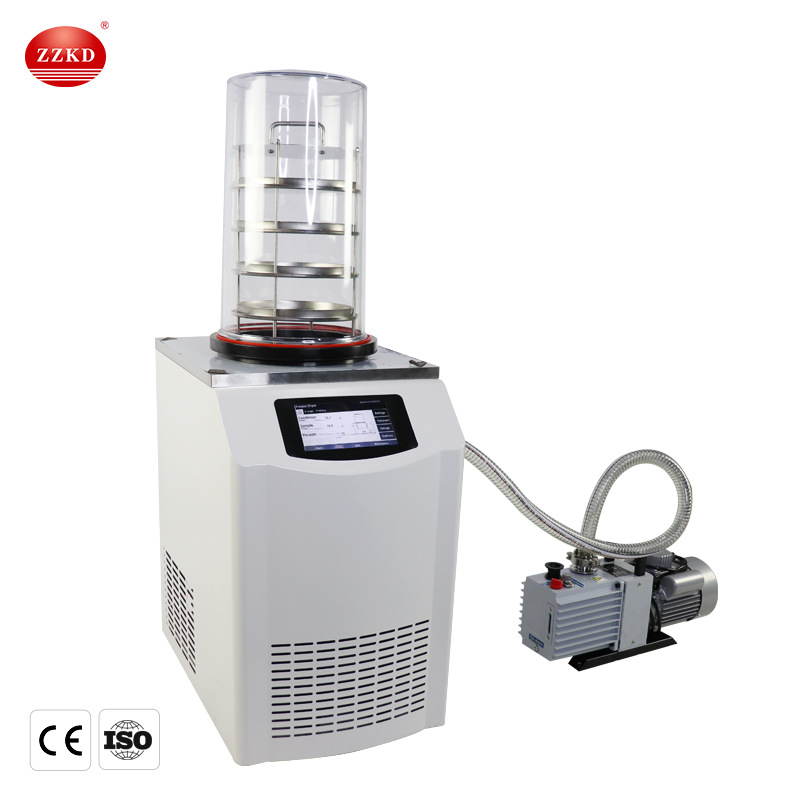
How scientific freeze dryer works:
The working principle of the scientific freeze dryer is to first freeze the dried items to below the triple point temperature, and then directly sublime the solid water (ice) in the items into water vapor under vacuum conditions, remove them from the stems and dry the items. After pre-processing, the materials are sent to the quick-freezing bin for freezing, then sent to the drying bin for sublimation and dehydration, and then packed in the post-processing workshop. The vacuum system establishes low-pressure conditions for the sublimation drying chamber, the heating system provides latent heat of sublimation to the material, and the refrigeration system provides the required cooling capacity to the cold trap and drying chamber. The equipment adopts high-efficiency radiation heating, and the material is heated evenly; it adopts a hig-efficiency water-trapping cold trap, which can realize rapid defrosting; adopts high-efficiency vacuum unit, which can realize oil-water separation; adopts parallel centralized refrigeration system, multi-channel on-demand cooling, working conditions It is stable and beneficial to energy saving; artificial intelligence control is adopted, with high control precision and convenient operation.
Types of freeze dryers:
1.Divide by structure
(1). Bell type of freeze dryer
The freeze-drying chamber and the cold trap are separate upper and lower structures, and the freeze-drying chamber is provided with a pre-freezing function. This type of scientific freeze dryer requires manual operation when the material is transferred to the drying process after pre-freezing. Most of the experimental scientific freeze dryer are of the bell jar type, which is simple in structure and low in cost. Most of the freeze-drying chambers use a transparent plexiglass cover, which is convenient for observing the freeze-drying of materials.
(2). In-situ freeze dryer
The freeze-drying chamber and the cold trap are two independent chambers. The shelf in the freeze-drying chamber has a refrigeration function. After the material is placed in the freeze-drying chamber, the pre-freezing and drying process of the material does not require manual operation. The production process of this type of freeze dryer is complex and the manufacturing cost is high, but the in-situ freeze dryer is the development direction of the freeze dryer, which can be explored for the freeze-drying process, especially for the freeze-drying of medicines, biological products and other special products.
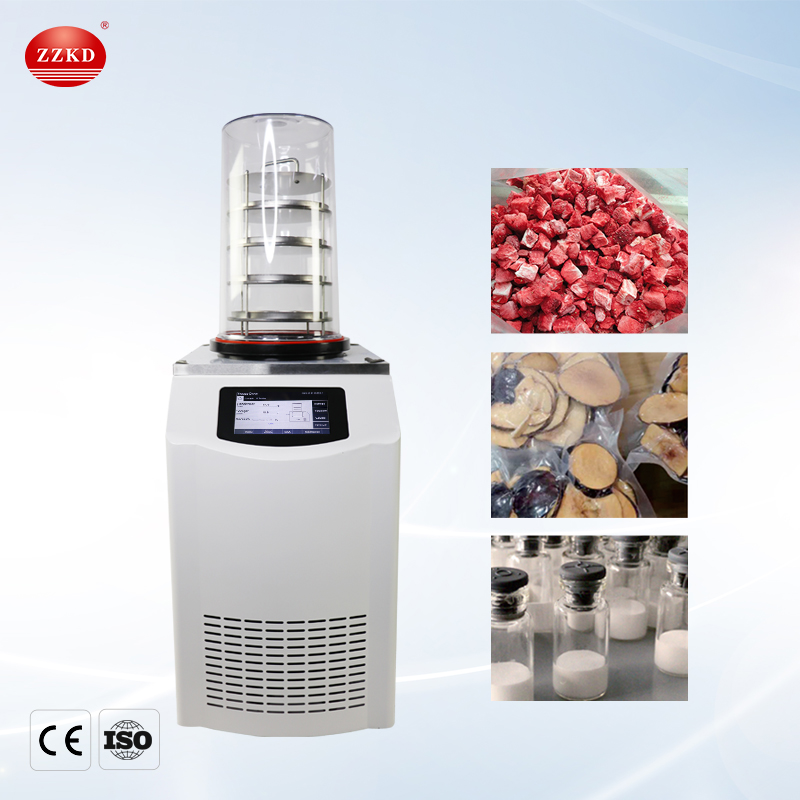
2. By function
(1). Normal type
The material is bulk packed in the material tray, which is suitable for freeze-drying of food, Chinese herbal medicine and powder materials.
(2). Gland type
It is suitable for the drying of vial bottled materials. When preparing for freeze-drying, pack the materials into vials as needed, cover the caps and then freeze-dry them. After drying, operate the capping mechanism to compress the caps to avoid secondary pollution. Re-absorbs moisture for easy long-term storage.
(3). Multi-manifold type
A flask is installed outside the drying chamber to dry the material spun on the inner wall of the bottle. At this time, the flask is connected to the manifold outside the drying box as a container. The material in the flask is heated at room temperature. Through the multi-manifold switch device, it can be Flasks can be removed or reloaded as needed without downtime.
Freeze Dryer Selection Guide:
(1). Freeze-dried area
The number in the freeze-drying machine model represents the freeze-drying area of the freeze-drying machine of this model. For example, the freeze-drying area of the LGJ-18C experimental scientific freeze dryer machine is 0.18㎡. The user should determine the lyophilizer with a large freeze-drying area by calculation according to his own needs. For example, each batch of products with a liquid volume of 1.8 kilograms (liters) needs to be freeze-dried, and the material is loaded in a material tray, and each tray is loaded with a thickness of 10 mm, then the load area of the freeze-dried layer can be calculated:
A(area, ㎡)=V(volume, m)/H(height, m)=0.0018m/0.01m=0.18㎡
That is, a freeze dryer with a plate load area of 0.18 square meters needs to be selected.
(2). Cold trap temperature
The cold trap is a device for capturing water in the freeze-drying process. Theoretically, the lower the temperature of the cold trap, the stronger the water trapping capacity of the cold trap, but the lower the temperature of the cold trap, the higher the refrigeration requirements, and the higher the machine cost and operating cost. The cold trap temperature of the experimental series freeze dryer mainly has several grades such as about -45°C, about -60°C, and about -80°C. The freeze-drying machine with a cold trap temperature of -45°C is suitable for some products that are easy to freeze-dry. The freeze-drying machine with a cold trap temperature of about -60°C is suitable for freeze-drying of most products. Freeze-drying with a cold trap temperature of -80°C It is suitable for lyophilization of some special products. The experiment of the effect of cold trap temperature on water trapping ability shows that the water trapping capacity is significantly improved when the cold trap temperature drops from -35°C to -55°C. Therefore, in the absence of special requirements, it is an ideal choice to use a cold trap temperature of about -60 °C.
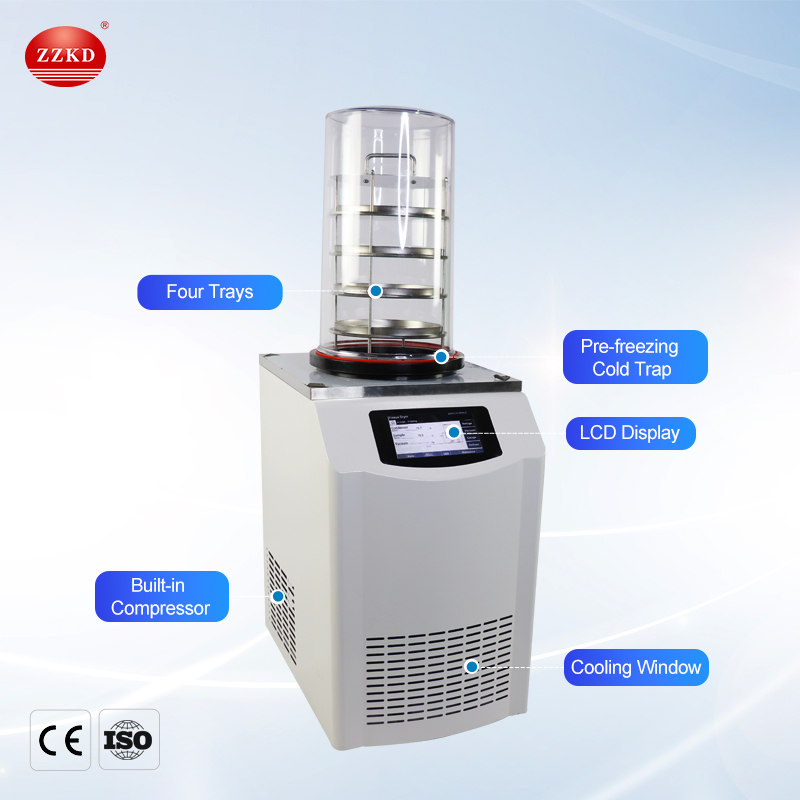
(3). Cooling rate
The cooling rate reflects the cooling capacity of the refrigeration system. Under no-load conditions, the temperature of the cold trap should reach the minimum temperature specified in the index within 1 hour. For example, for a scientific freeze dryer with a cold trap temperature ≤ -60 °C, the machine starts timing from the time the machine is turned on for refrigeration, and the time for the cold trap temperature to reach -60 °C should not exceed 1 hour.
(4). Ultimate vacuum degree
The ultimate vacuum degree reflects the leakage of the experimental scientific freeze dryer and the pumping efficiency of the vacuum pump. The vacuum degree of the freeze-drying box. In the past, the higher the vacuum degree, the better. The current point of view is that the vacuum degree should be within a reasonable range. The vacuum degree is too high, which is not conducive to heat transfer, and the drying speed decreases, but in any case, the no-load limit vacuum degree of the freeze-drying box should reach more than 15Pa.
(5). Vacuum time
The evacuation speed of the freeze-drying box should be pumped from atmospheric pressure to 15Pa within half an hour.
(6). Plate temperature uniformity and flatness:
The uniformity and flatness of the plate temperature have a great influence on the uniformity of product quality. The better the temperature uniformity and flatness, the better the uniformity of freeze-dried product quality. The freeze dryer shelf temperature control has a heater type and an intermediate fluid type. The freeze dryer shelf with an intermediate fluid control layer has good temperature uniformity and flatness. The freeze dryer plate layer is a hollow sandwich structure. The cooling and heating of the plate are realized through the circulation of the intermediate fluid in the fluid channel inside the plate, so the temperature of the plate is uniform. The freeze dryer uses the technology of the fluid in the middle of the shelf. The shelf temperature control of the bell-type freeze dryer basically uses a heater, and the temperature consistency of the plate layer is slightly worse. However, in general, the temperature difference between the layers of the medical freeze dryer should be controlled within ±1.5 °C, and the temperature difference inside the plate should be ±1 °C, and the food freeze dryer can be appropriately relaxed.
(7). Control system
The types and functions of the control system of the freeze-drying machine are different. For the experimental series of freeze-drying machines, it is mainly used in the exploration of the freeze-drying process of materials and a small amount of trial production. Therefore, the control system should be able to display the freeze-drying process parameters in real time and record them automatically; set, modify and effectively execute the freeze-drying process procedures; and have a communication interface to facilitate data collection and storage.


